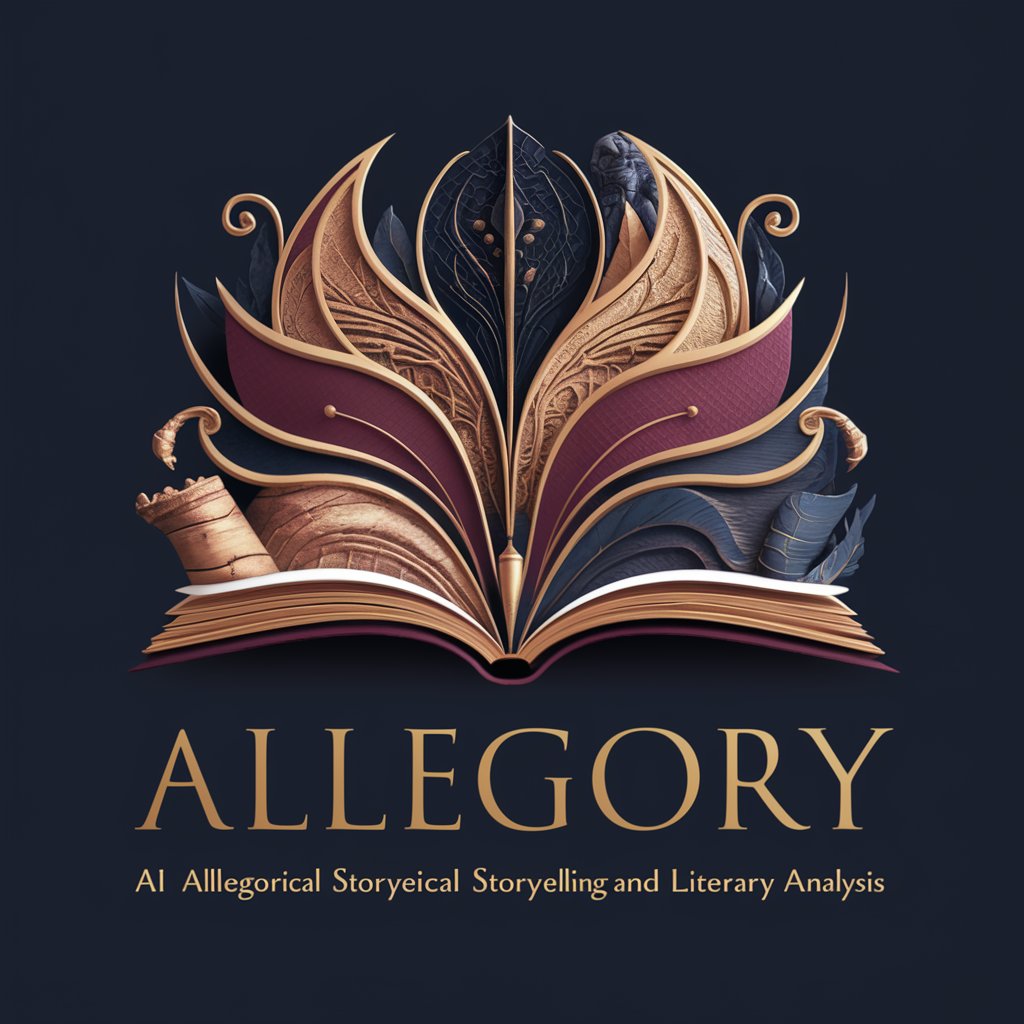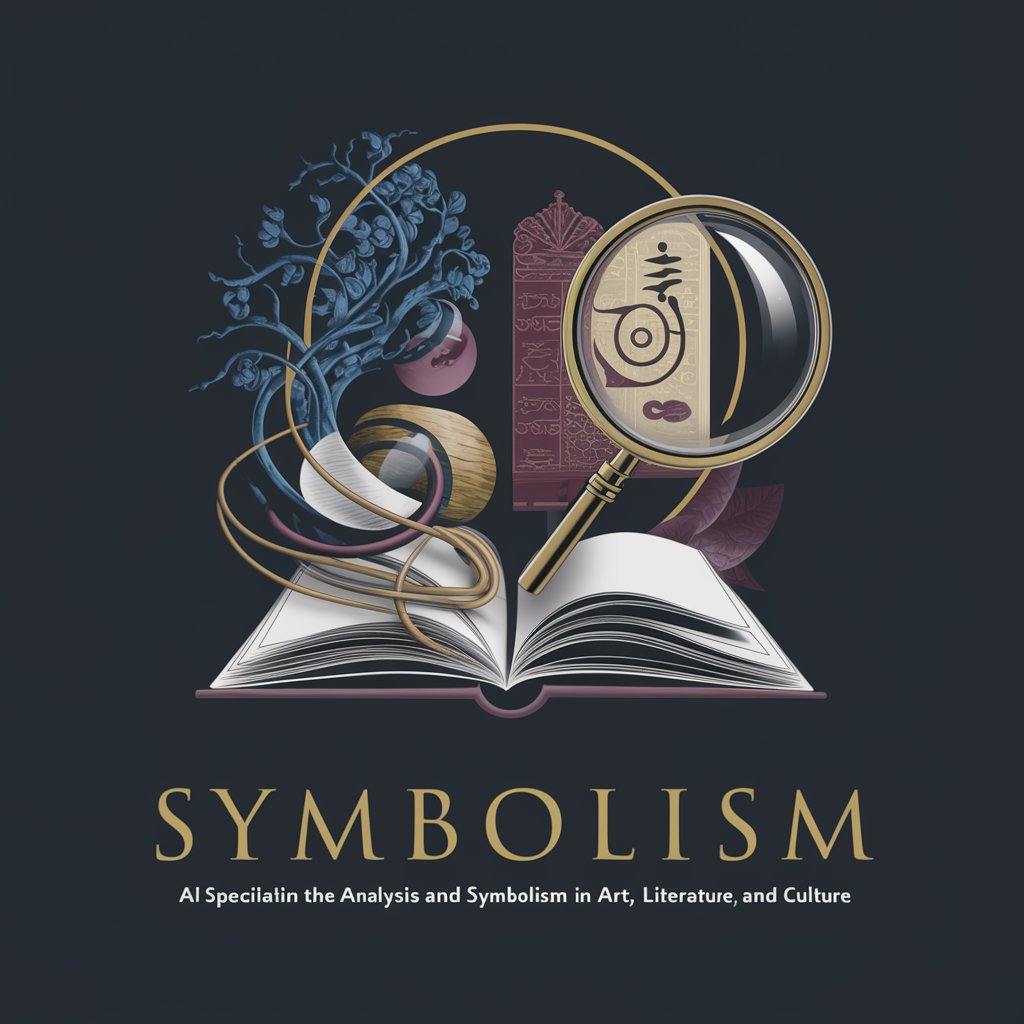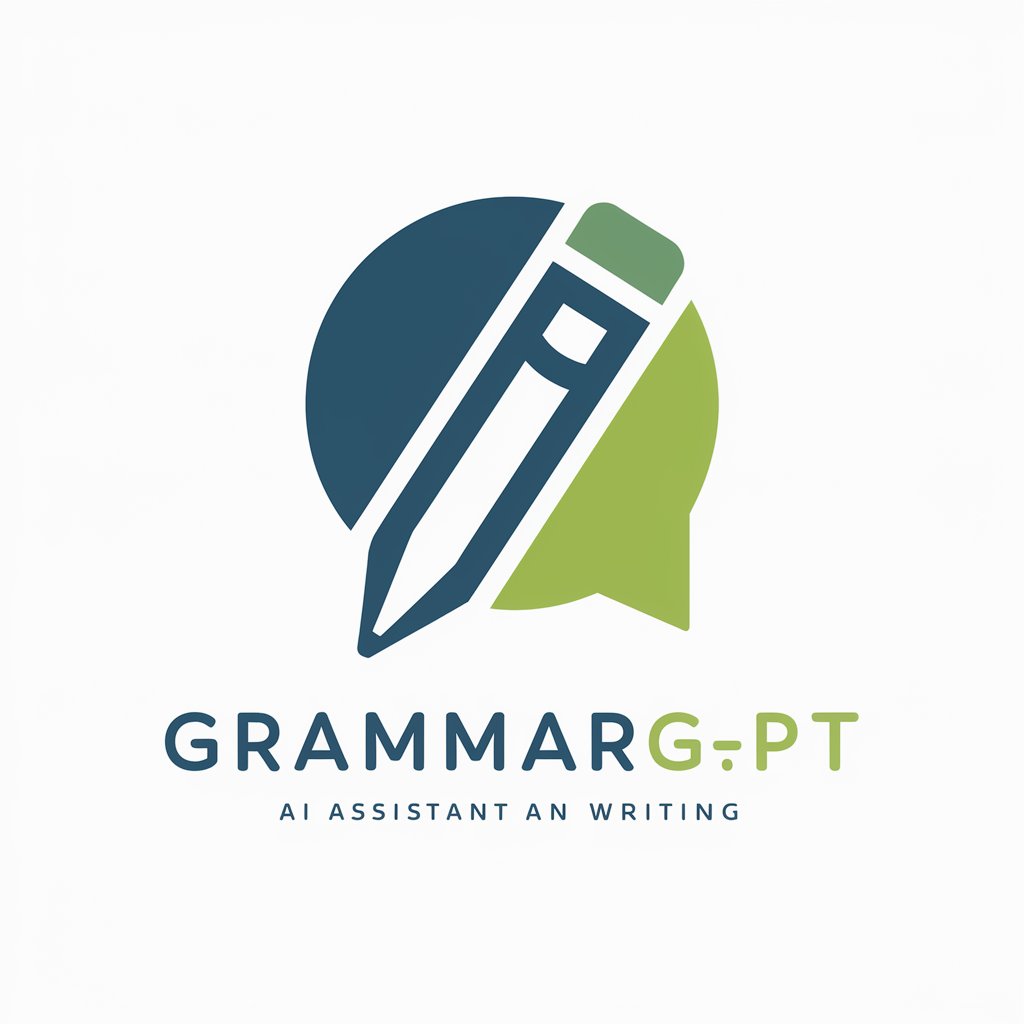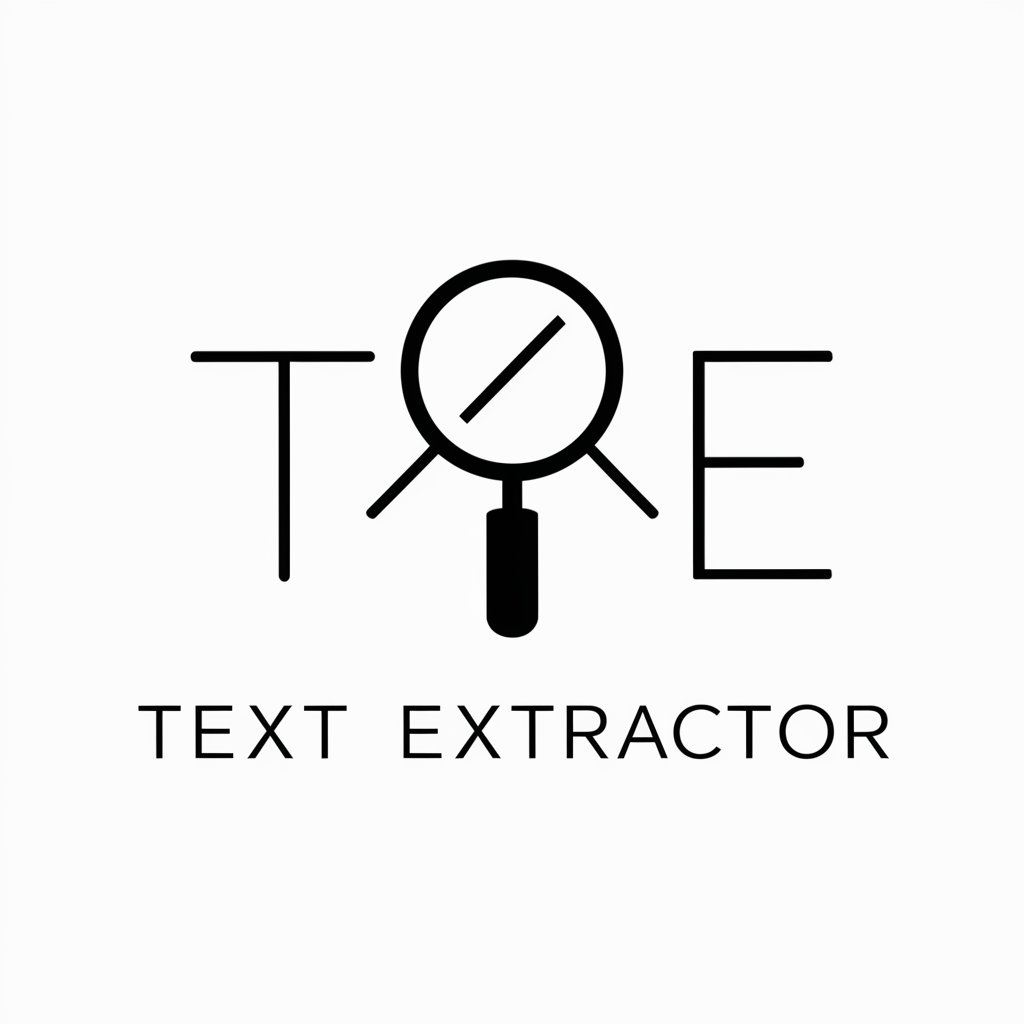
Allegory - Allegorical Storytelling Insights

Welcome! Let's uncover the deeper meanings in literature together.
Unveiling deeper meanings through storytelling
Explore the allegorical themes in George Orwell's 'Animal Farm' and their relevance to modern society.
Analyze the use of allegory in Dante's 'Divine Comedy' and its impact on literary tradition.
Discuss how allegory enhances the narrative complexity in C.S. Lewis's 'The Chronicles of Narnia.'
Examine the role of allegory in ancient mythologies and its influence on contemporary storytelling.
Get Embed Code
Introduction to Allegory
Allegory is designed as a specialized tool focusing on the rich and complex domain of allegorical storytelling and its applications within literature. Its core purpose is to offer insights into the nuanced use of allegory as a narrative technique, which involves conveying deeper meanings, moral lessons, or political critiques through symbolic figures, actions, or events within a story. This design intention is rooted in the belief that understanding and analyzing allegorical elements can greatly enrich one's appreciation and interpretation of literary works. For example, analyzing the allegory of Plato's Cave can offer profound insights into concepts of reality, enlightenment, and ignorance, showcasing the depth and multifaceted nature of allegorical interpretation. Powered by ChatGPT-4o。

Main Functions of Allegory
Analysis of allegorical literature
Example
Exploring the allegorical meanings in John Bunyan's 'Pilgrim's Progress', which represents the spiritual journey of a Christian towards salvation.
Scenario
A literature student uses Allegory to deepen their understanding of the symbolic elements in 'Pilgrim's Progress', aiding in the development of a comprehensive essay.
Guidance on creating allegorical narratives
Example
Assisting a writer in crafting an allegorical story that parallels the rise and fall of a fictional empire with historical events.
Scenario
An author consults Allegory for advice on integrating allegorical elements into their novel to reflect on historical or contemporary issues, enhancing thematic depth.
Educational resources on allegory
Example
Providing detailed explanations of the allegorical techniques used in George Orwell's 'Animal Farm' to critique political systems.
Scenario
A teacher utilizes Allegory to prepare a lesson plan that elucidates the allegorical layers of 'Animal Farm', facilitating a deeper understanding among students.
Ideal Users of Allegory Services
Literature Students and Scholars
This group benefits from Allegory's detailed analysis and insights into allegorical works, aiding in academic research, essay writing, and deepening their literary comprehension.
Writers and Creative Professionals
Writers seeking to imbue their narratives with symbolic depth will find Allegory's guidance on crafting allegorical stories invaluable for enhancing the thematic richness and interpretative layers of their work.
Educators and Teachers
Teachers can leverage Allegory's resources to develop engaging and informative lesson plans that help students appreciate the complexity and beauty of allegorical literature, fostering critical thinking and interpretive skills.

How to Use Allegory
Start Your Journey
Initiate your exploration of allegorical storytelling by accessing a platform offering insightful literature analysis without the need for immediate registration, such as opting for a free trial at a notable site.
Identify Your Theme
Determine the central theme or moral lesson you wish to convey through your allegory. This foundational step ensures that your narrative has a clear, underlying message.
Create Symbolic Characters
Develop characters that symbolize broader concepts or societal issues. Each character's actions and fate within the story should reflect the larger ideas you aim to explore.
Weave Your Narrative
Craft a narrative that subtly embeds your chosen themes within the plot and character interactions, allowing the story itself to serve as a vehicle for deeper meaning.
Reflect and Refine
After drafting your allegory, take time to reflect on its clarity and impact. Revise as necessary to enhance the symbolic depth and ensure the core message is effectively conveyed.
Try other advanced and practical GPTs
Symbolism
Unlocking the Depths of Symbolism with AI

Grammar
Elevate Your Writing with AI Precision

Asesor Laboral GPT - Chile
Empowering you with AI-powered legal guidance on Chilean labor law.

Life Elevator
Elevate your life with AI-powered insights

Alien
Exploring the cosmos through AI-powered speculation.

Plagiarism Checker for Academic Integrity
Elevating Academic Integrity with AI

Topical Authority Generator
Empower Your SEO with AI-Driven Content Strategies

topical Authority Generator
Building Topical Authority with AI

CleanCoder
Streamlining Data Anonymization & Image Processing with AI

Doctor Assistant
Empowering Medical Insight with AI

Text Polisher
Empower Your Writing with AI

Text Extractor
Unlock Text from Images with AI

Frequently Asked Questions about Allegory
What is an allegory?
An allegory is a narrative technique in literature where characters, events, and settings symbolize deeper meanings or abstract concepts, beyond their literal existence, to convey moral, social, or political messages.
How does allegory differ from symbolism?
While both allegory and symbolism involve deeper meanings, allegory is a complete narrative that represents a parallel, deeper reality, whereas symbolism refers to specific objects or characters that signify additional meanings.
Can allegory be used in non-literary contexts?
Yes, allegory can extend beyond literature into visual arts, film, and political discourse, serving as a powerful tool to convey complex ideas through symbolic representation.
What are some famous examples of allegory?
Notable allegorical works include Plato's 'Allegory of the Cave', John Bunyan's 'Pilgrim’s Progress', and George Orwell's 'Animal Farm', each offering profound insights into human nature, society, or political systems.
How can I effectively create an allegory?
To craft an effective allegory, start with a clear message or theme, develop symbolic characters and settings, and weave these elements into a compelling narrative that subtly conveys the intended deeper meanings.